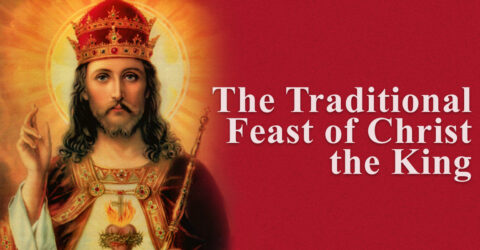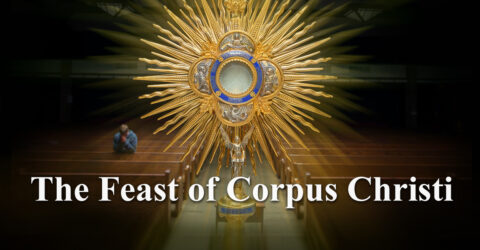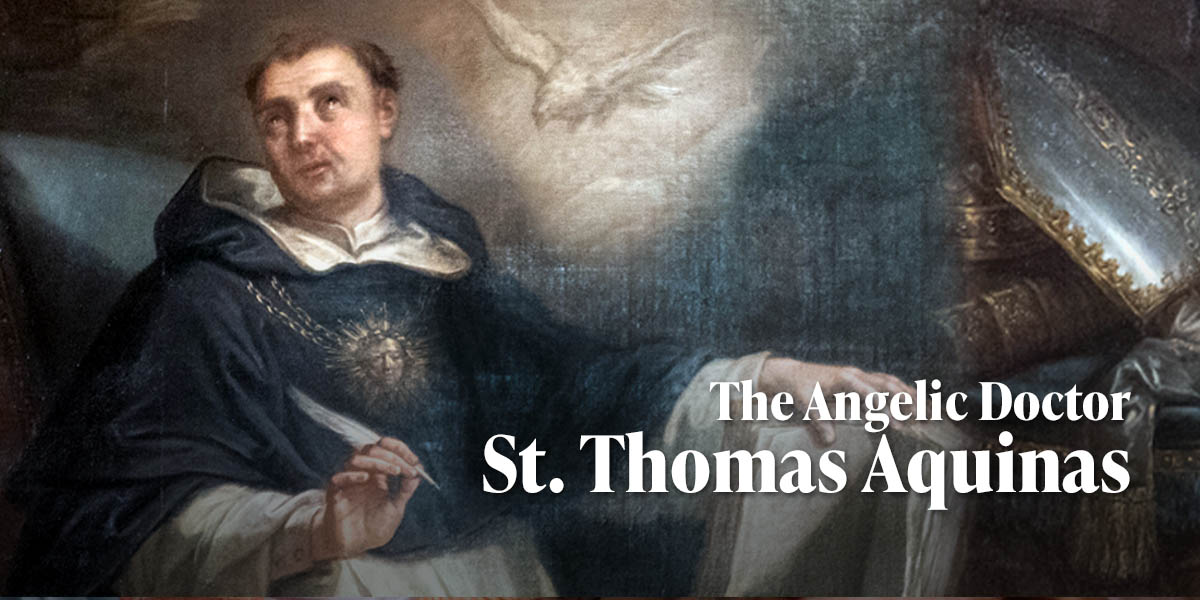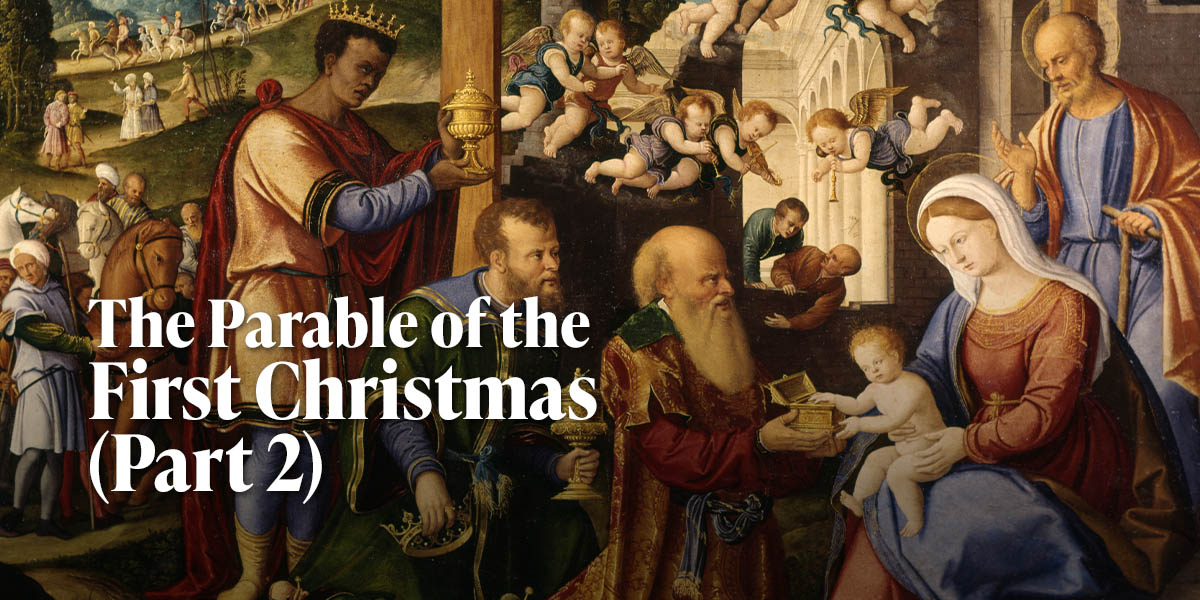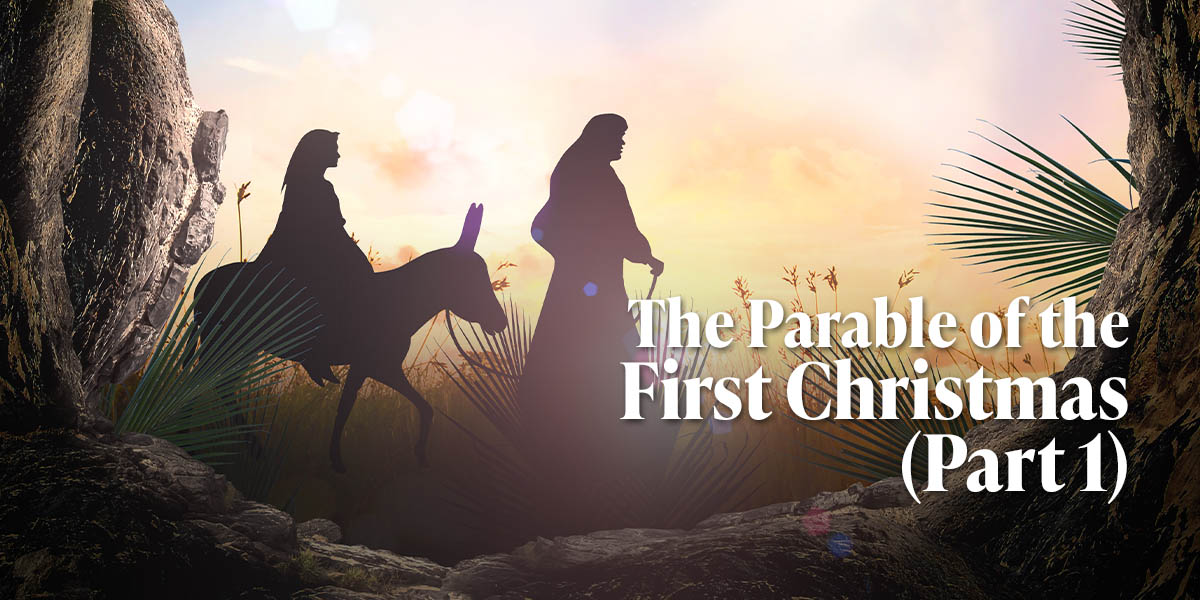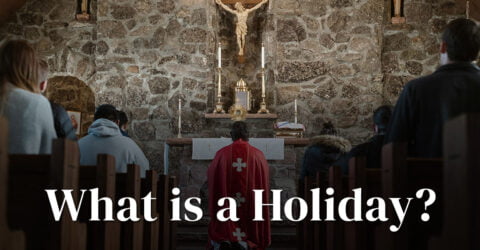
Holiday is a special day when a country or place celebrates by cancelling work or classes for the day. It is derived from the ancient English term hāligdæg, which translates to Holy Day. Originally, this was a religious dedication, specifically by the Catholic Church, which was known as Precepts or Holy Days of Obligation. The church observed a special feast where the faithful were obligated to refrain their work to honor God, the Blessed Virgin Mary or the saints through procession, prayer, and fasting.

